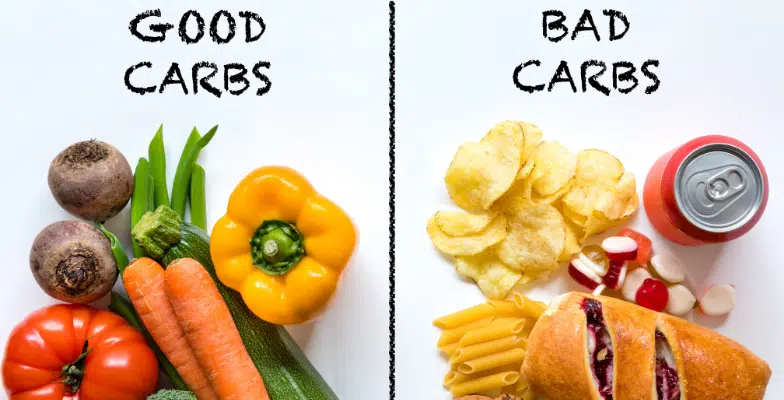
You eat bread at lunch, and feel hungry again an hour later
It tasted great. Warm, soft, satisfying. But hunger returns quickly. Your stomach growls. This isn’t normal fullness—it’s a crash. That’s what bad carbs do. They give energy fast. Then disappear. Leaving your body asking for more too soon.
You switch to brown rice, and feel satisfied longer without eating more
It takes longer to chew. It digests slower. You feel full without heaviness. That’s the fiber. Whole grains release sugar gently. No spike. No crash. Just steady energy. The carbs didn’t change in amount—but in structure.
You grab a granola bar labeled “healthy,” but sugar hides in plain sight
It says natural. Organic. But check the label. Dates. Syrups. Honey. Sugar still dominates. These are refined carbs in disguise. Quick to enter the bloodstream. Quick to vanish. Health claims don’t change absorption speed.
You feel sleepy after white pasta, even if you didn’t eat much
Your plate wasn’t huge. But your eyes feel heavy. That’s insulin working overtime. White pasta behaves like sugar. No fiber. No resistance. The body floods with glucose, then crashes hard. It’s not the portion—it’s the processing.
You eat fruit, and it doesn’t cause the same crash as soda
Both are sweet. But one comes with fiber, water, and nutrients. The other is liquid sugar. Fruit slows digestion. Soda doesn’t. Even if carbs match, the body reacts differently. Context changes the effect. Not all sugars carry the same story.
You bake with whole flour, and your stomach doesn’t bloat the same
You used the same recipe. Same eggs. Same oil. But whole flour changed the texture. And the aftermath. No heaviness. No crash. The bran and germ make a difference. They anchor digestion. That’s why your body notices.
You eat breakfast cereal, and feel hungry again by mid-morning
It looks healthy. The box says “whole grain.” But the flakes dissolve too fast. Most cereals are processed—even the ones with oats. Sugar hides under vitamins. It’s not about ingredients. It’s about how quickly they digest.
You eat legumes, and your energy lasts for hours without snacking
Lentils. Chickpeas. Beans. They don’t spike sugar. They nourish slowly. Protein helps. Fiber slows things. That’s why they’re good carbs. They fill you up—and keep you filled. Hours pass. You don’t think about food again.
You make smoothies, but they digest faster than the fruit itself
Blending destroys fiber structure. It speeds digestion. You drink more than you’d ever chew. That means more sugar, faster. A banana eaten whole isn’t the same as blended. Carbs enter differently—even when they come from the same place.
You buy gluten-free snacks, but blood sugar still swings
The gluten’s gone. But starch remains. Corn. Potato. Rice. These spike sugar fast. Gluten-free doesn’t mean low-carb. Or good-carb. It just means different protein. The response stays the same if the fiber is missing.
You eat a white bun, and it tastes soft but vanishes quickly
It melts in your mouth. That’s the lack of fiber. Softness means speed. Speed means spike. Your body absorbs it like candy. The insulin rises. Then crashes. That’s why one bun doesn’t satisfy. Even two might not.
You try quinoa for the first time, and feel steady for the whole afternoon
It’s unfamiliar. Nutty. Slightly chewy. But hours later, no hunger. That’s what slow carbs do. Quinoa has protein, fiber, and balance. It teaches your body patience. Unlike quick carbs, it doesn’t flood your system.
You pair white rice with vegetables, and the sugar spike lessens
You didn’t change the carb. Just added color. Fiber in vegetables slows digestion. It buffers. Balances. That’s why combinations matter. Not just the carb—but what surrounds it. One food alone doesn’t define the outcome.
You avoid carbs completely, but feel weak and tired most days
You thought less meant better. But cutting too low backfires. The brain needs glucose. Muscles too. Good carbs don’t cause harm—they prevent energy dips. The key isn’t avoiding carbs. It’s choosing them wisely.
